August 19, 2022: What was it like in the early stages of the pandemic through the eyes of a Secretary of Family and Social Services? Jen Sullivan who is now the Senior Vice President Strategic Operations at Atrium Health shares her thrilling and beautifully put story about handling the crisis, the vaccine rollout and other logistics at the state level through her fascinating lens. During the episode we ponder: What is the current status of the data infrastructure between states and health systems? How can we build behavioral health in an integrated way? How do we build novel delivery systems of care that go to people rather than our historic way where people have to come to us? What kind of magic happens when you combine an innovation hub and medical school all in one space? How can we best train our next generation of physicians? Are we seeing more virtual technology being used? How is that augmenting the training experience?
Key Points:
Sign up for our webinar: Challenges and Solutions to Unmanaged Devices in Healthcare - Thursday September 8, 2022: 1pm ET / 10am PT. If we had to troubleshoot just a few devices every once in a while, our hospital systems would run as smooth as butter, right? But when missing devices, security issues and friction caused by interoperability hits, we can’t expect a smooth operation. Our webinar will answer many questions surrounding the devices integral to keeping patients healthy.

Questions about the Podcast?
Contact us with any questions, requests, or comments about the show. We love hearing your feedback.

© Copyright 2024 Health Lyrics All rights reserved